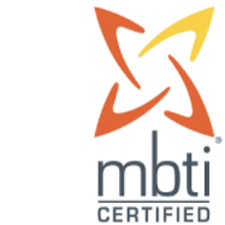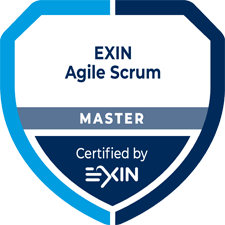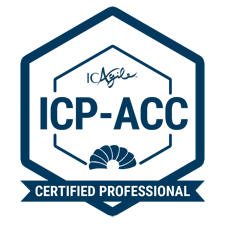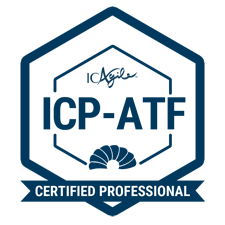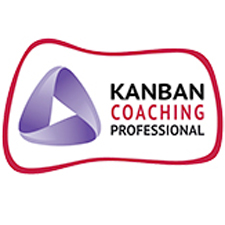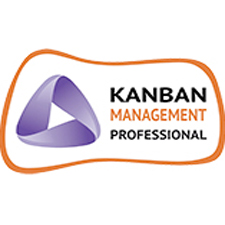Change Leadership

Waypoint works with organizations to lead transformational change
Today’s digitally connected customers are more informed than ever, driving rapid innovation cycles from organizations that need to stay on top of the market’s needs. The ability to quickly adopt new operational practices is becoming ever more vital for success. Waypoint helps change the way clients lead transformational change.
We work with people on real time business priorities to deliver results and transfer capability in a learning-by-doing environment.

Not all change is the same
Incremental change
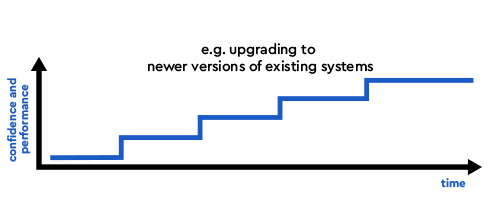
Tweaks to status quo, requiring some communication, training and temporary enforcement of the organization’s new expectations.
Transformational change
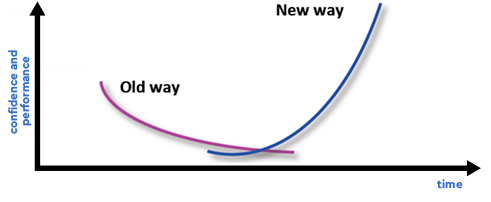
Fundamental shift from status quo, requiring people to abandon what they currently do and bet on new practices that are unfamiliar or threatening. Change leaders need to anticipate the traps and employ the levers that will help people surrender the old way and brave the new.
Not so fast….
29% of change initiatives are launched without any sort of formal structure whatsoever
Source: Mastering the art of change, Ken Blanchard, Jan 2010
“We studied change programs at 40 organizations, including banks, hospitals, manufacturers, and utilities… companies with the lowest return also had poor change-management capabilities, and companies that gained big return had strong ones."

Source: “Helping employees embrace change," McKinsey Quarterly, November 2020
Successful transformational change addresses three fundamental questions that speak to the logical demands and emotional anxiety people experience when exploring the unknown but potentially exciting realm of higher performance. Focusing on one question over the others, or in the wrong sequence, can be disorienting.
Traditionally, executives have been faulted for telling their people what they want them to do without first engaging them in why it may be good for them, the business or the wider community. On the other hand, today’s more emotionally alert leaders often energize their people with aspirational whys while underestimating how existing structures, capabilities and reward systems may undermine new ways of working.
Finding and managing the balance of these three change leadership levers can de-mystify sources of anxiety and unlock tremendous value.
The Why, What and How of change
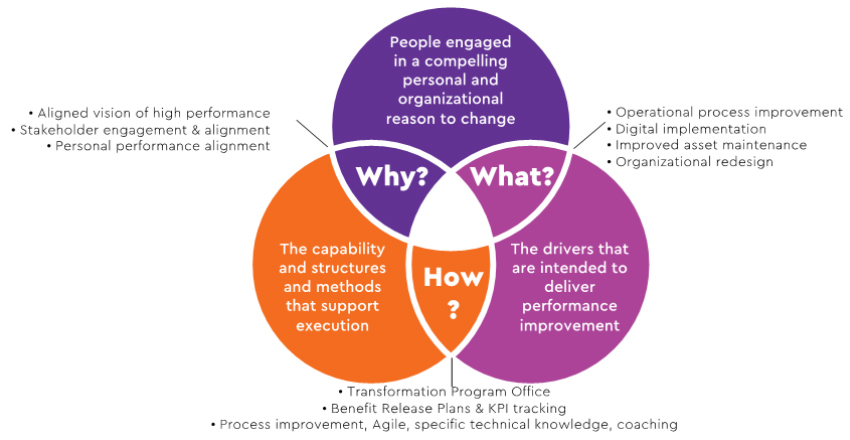
Leading change for results, iteratively
Waypoint’s Agile Change Implementation model demonstrates how the essential why, what and how elements of change are combined to coordinate the logical and emotional transformation journey.
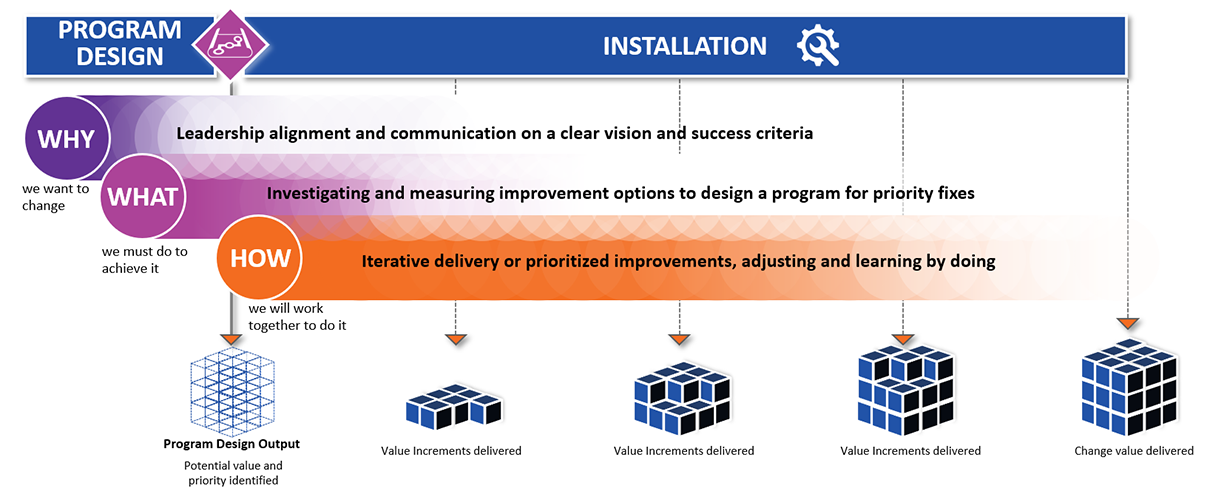
Program Design aims to align and clarify the improvement goals (why); to engage people with data to identify and sequence the interventions (what) that best achieve the goals; and to agree the approach and establish program essentials for success (how).
Installation delivers the targeted results by sequencing improvements according to their expected value and iteratively delivering them to produce enhancements while learning how to deliver them better with each successive iteration.
Professional Certifications

